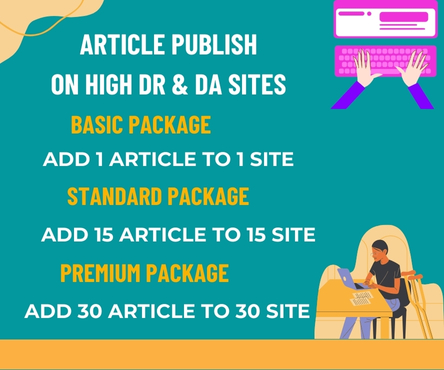In the competitive world of real estate, first impressions are everything. With potential buyers increasingly browsing listings online, high-quality photos are crucial to making a strong initial impact. While capturing great photos is important, it’s often not enough to fully showcase the property’s potential. That’s where Real Estate Photo Editing comes in. By taking advantage of modern photo editing techniques, real estate agents can transform ordinary images into stunning visuals that captivate buyers. Here’s how photo editing can take your real estate listings from drab to fab.
1. Enhancing Lighting and Exposure
One of the most common challenges real estate photos face is poor lighting. Dim rooms or harsh sunlight can create an unappealing or unbalanced look. Photo editing tools allow agents to adjust exposure, brightness, and contrast, ensuring the property is showcased in the best light possible. With these adjustments, spaces that may have appeared too dark or overly bright in the original shots can be balanced, making rooms feel more inviting and spacious.
2. Correcting Color and White Balance
In real estate photography, accurate color representation is key. A photo may appear too warm, too cool, or overly saturated due to poor lighting conditions or camera settings. Photo editing can fix these issues by adjusting the white balance, ensuring that colors appear true to life. These tweaks help highlight the property’s features, such as the warm tones of hardwood floors or the vibrant colors of a kitchen backsplash, providing potential buyers with an accurate and appealing representation.
3. Highlighting Key Features
Real estate listings often need to showcase specific features that set the property apart—whether it’s a gorgeous fireplace, a sleek kitchen island, or panoramic views from a balcony. Photo editing can help bring these elements to the forefront by subtly enhancing or focusing on these areas. For instance, agents can apply selective sharpening or blur the background to direct attention to these standout features. With these tweaks, buyers are more likely to focus on the elements that make the property unique.
4. Staging Virtual Rooms
Not all properties are furnished, and empty rooms can feel cold and uninviting. While physical staging is an option, it’s often expensive and time-consuming. Virtual staging, achieved through photo editing, provides a cost-effective alternative. By digitally adding furniture, rugs, and artwork to empty rooms, real estate agents can help buyers visualize how a space might look when fully furnished. Virtual staging can be done in a way that complements the room’s dimensions and design, allowing potential buyers to easily picture themselves in the space.
5. Removing Distractions
Every property has its imperfections. Whether it’s a pile of clutter, a stray car in the driveway, or a distracting tree blocking the view, photo editing can help remove these distractions. By cleaning up the image, agents can make the property appear more polished and professional, ensuring that nothing detracts from its appeal. This attention to detail can make a significant difference when buyers are scanning through multiple listings.
6. Creating Consistency
Consistency across a real estate listing is essential for maintaining professionalism. Photo editing ensures that all images in a listing adhere to the same style and quality. For example, adjusting the color tones, shadows, and lighting across all photos gives a cohesive look, making the property appear more polished. This consistency not only improves the listing’s overall visual appeal but also strengthens the agent’s brand and reputation.
Conclusion
In the world of real estate, great photos can make or break a listing. By utilizing photo editing techniques, agents can elevate their property images from drab to fab. From adjusting lighting and enhancing colors to virtually staging rooms and removing distractions, photo editing provides endless possibilities for creating visually striking and appealing listings. In today’s digital-first market, investing in professional photo editing is not just a luxury—it’s a necessity for standing out in a crowded marketplace and attracting the right buyers.

